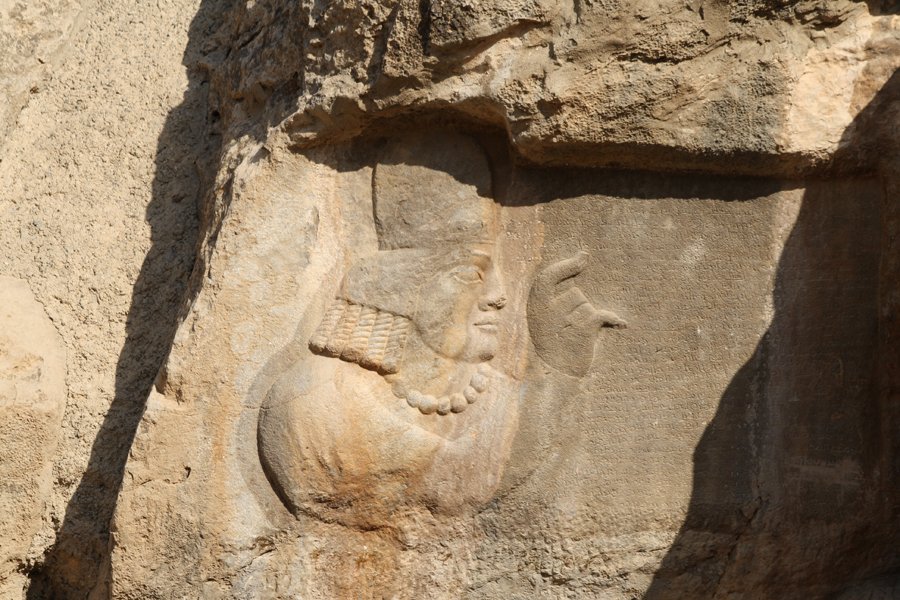I promised @gypsy_heart6 to write a thread with examples of ‘heretics’ executed in the early Abbasid period today. Keep in mind that we don’t have hard numbers, just anecdotes. Or, as I like to say, “hand-picked artisanal data” ...
There were *lots* of executions in every medieval society. But let’s look at examples from the reign of the Abbasid caliph al-Manṣūr (r. 754-775), the founder of Baghdad ...
Muḥammad ibn Saʿīd, called ‘al-Maṣlūb’ (‘the crucified’), was executed by the caliph in Damascus for heresy defined here as forging ḥadīth and/or transmitting objectionable ḥadīth. Sometimes his offense is called al-zandaqah|الزندقة (‘heresy’), more on this word below.
There were many forgers of ḥadīth – why was *he* crucified? It’s difficult to say, but it has been suggested that he offense was adding the words “God willing (in šāʾ Allah)’ to the famous ḥadīth, “I am the seal of the prophets and after me there will be no other prophet.”
Executed in 772, Ibn Abī l-Awjāʾ al-Ḏuhlī is another heretic notorious for mischief with ḥadīth. Facing his death, he confessed to forging 4,000 ḥadīth “declaring the ḥalāl to be ḥarām and the ḥarām to be ḥalāl.”
Other accounts claim that he tricked the Shīʿah of Kūfah into calculating the date of Ramaḍān astronomically rather than by sight (as required). He was beheaded and his decapitated corpse crucified in the Kunāsah of Kūfah by the Abbasid governor Muḥammad b. Sulaymān b. ʿAlī.
The data is incomplete, but I suspect on can make similar lists for most caliphs, whether Abbasid or Umayyad. One problem is distinguishing between figures executed for *heresy* as such and those heretics executed for political rebellions.
Of Shiʿites who were executed, we have many examples from al-Manṣūr’s reign: Abū l-Khaṭṭāb al-Asadī, who espoused the divinity of the Imam Jaʿfar al-Ṣādiq was killed 755–6 by the Abbsid prince ʿĪsā b. Mūsā.
Also, many of the followers of the Alid rebel Muḥammad al-Nafs al-Zakiyyah were hunted down after his revolted and executed, usually crucified as well.
The Umayyads had their famous heretics whom they executed: al-Ḥārith b. Saʿīd, Ghaylān al-Dimashqī, Jaʿd b. Dirham, etc. But so did the early Abbasids. The reign of al-Manṣūr’s successor, al-Mahdī, was particularly infamous for its purge of zandaqah.
As for zandaqah, it’s a word inherited from Sāsānid Perisans. It’s first attested as ZNDYKY in the inscriptions of Kerdir, a prominent Zoroastrian priest of the second half of the 3rd century.
http://www.iranicaonline.org/articles/kartir ">https://www.iranicaonline.org/articles/...
http://www.iranicaonline.org/articles/kartir ">https://www.iranicaonline.org/articles/...
Zindīq is said by medieval Arab historians to refer to those who followed an allegorical interpretation of the Zoroastrian scriptures, the Avesta, called the ‘Zand’ and, by extension, many ‘Iranian’ religions, such as the Mazdakites and the Manicheans.
Eventually zindiq comes to mean heretic in a generic sense—one see this in particular in early works of Mālikī jurisprudence.

 Read on Twitter
Read on Twitter


